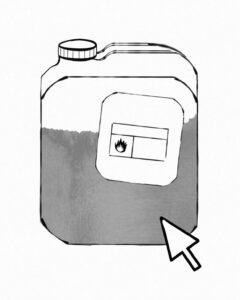Description offers an excellent place for budding writers to start, but the art of writing description well can be more difficult than anticipated.
It takes a lot of skill and nuance to capture different characters and settings accurately through language, and to craft descriptions your readers visualize, remember and long to revisit.
The best descriptive writers are Marilynne Robinson, Robert Macfarlane, Barry Lopez, Virginia Woolf, Lucy Maud Montgomery, Ernest Hemingway and Marcel Proust. Each of these writers completely understands how to convey a vision through words without losing their reader along the way.
Marilynne Robinson
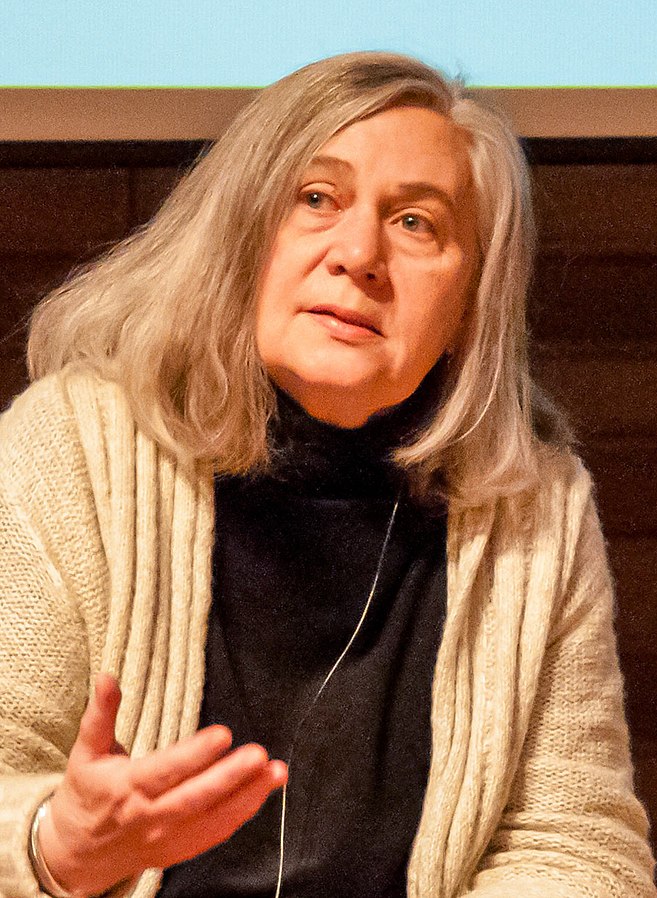
Image: Christian Scott Heinen Bell
If you’re after masterful descriptions not only of place, but also of people, Robinson offers each.
Her novel, Gilead, for example, describes not only a small American town, but the life and remarkable experiences of a man struggling with loneliness, faith and hostility.
Writers looking to understand how voice and description come together to generate feeling within a reader are likely to benefit from reading Robinson, who exhibits particular strength when describing personal hardship and the relationship her characters have to place.
Robert Macfarlane and Barry Lopez
In the tradition of the great Henry David Thoreau’s chronicle Walden, Macfarlane and Lopez both describe the natural world and the different permutations of wilderness and landscapes most familiar to them.
These are, for Macfarlane, the moorlands, fields, mountains and hills of the United Kingdom, and for Lopez, the deserts, canyons and rivers of the United States.
Macfarlane and Lopez are both widely respected for the contributions they have made to our understanding of and desire to protect these environments through their descriptive efforts.
Virginia Woolf
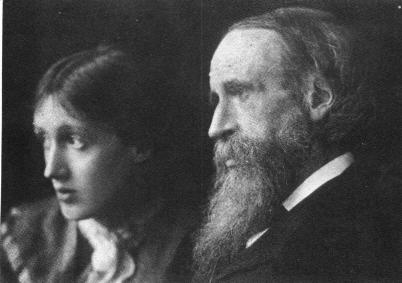
Woolf offers descriptions which are not only powerful for how they circle complex emotions and social circumstances, but also often deeply abstract.
In her descriptions, Woolf often focalizes a single physical object or site of attention, but extrapolates the effect this object or site has upon her protagonist to a broader description of their mental landscape the impact on their assessment of other characters.
If you want to see a writer stretch the affective power of description to the limit, take a look at Woolf’s descriptive passages.
Lucy Maud Montgomery
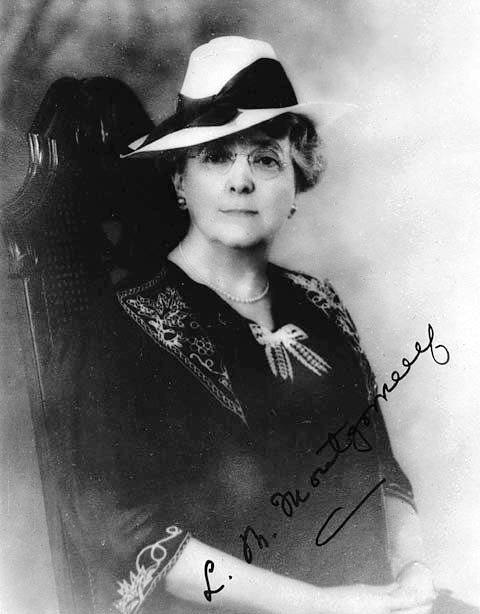
Montgomery brings us some of the most original, blue-sky descriptions of setting, endlessly nostalgic descriptions of daily routines, and of fabrics, and astute descriptions of thoroughly endearing characters.
Montgomery wrote the Anne of Green Gables series seemingly to allow herself opportunities to relish through language the beauty and splendor of her own native Prince Edward Island.
The plants and scenery of the setting come to life for readers under the descriptive power of Anne’s young mind, and Montgomery’s pen.
Ernest Hemingway
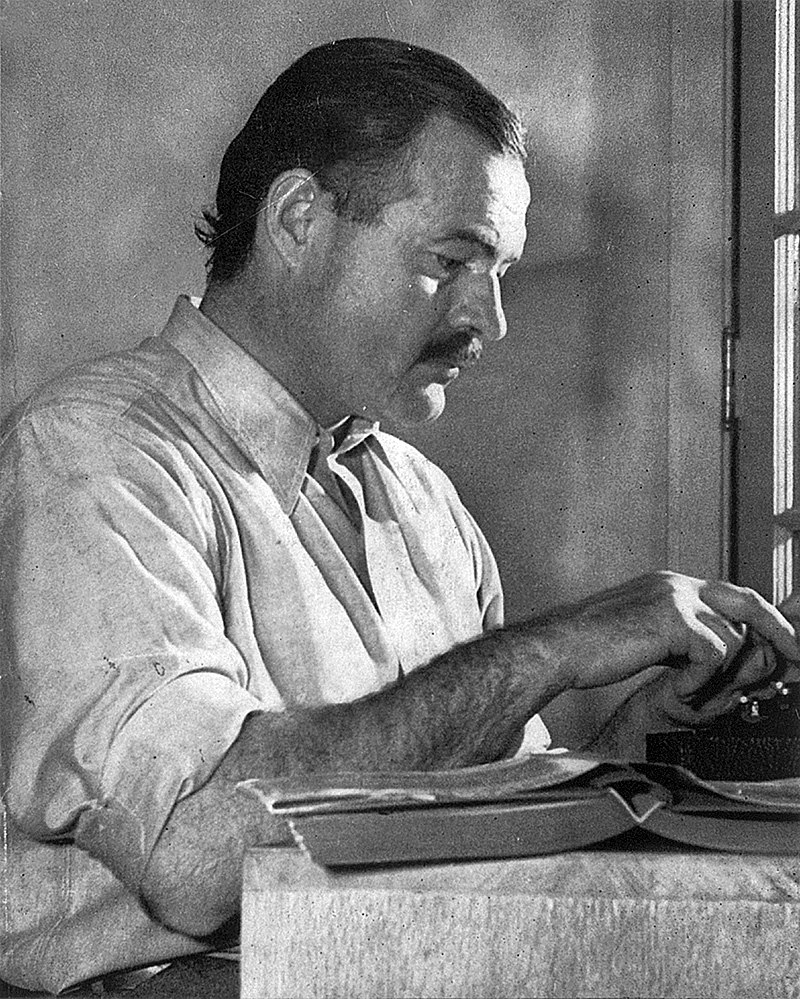
Turn, on any given day, to any of Hemingway’s passages of description, and you’ll find the scene unfold as though entirely contemporary to you.
Hemingway demonstrates a special ability, perhaps the strongest mentioned here on the list, to describe things as they are.
His descriptions are also entirely timeless and read as opulent, though he uses plain, unadorned language.
For those who want to learn to write description well, look to Hemingway and spend time with his descriptive passages.
Marcel Proust
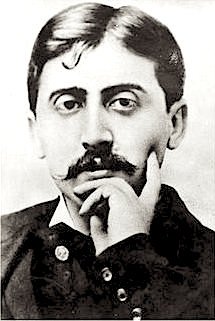
In many ways stylistically different from Hemingway, Proust has mastered a different kind of sumptuous description.
Proust lingers on the details of a room, the sensations of a memory.
He recalls and reiterates the emotions which accompany sensory experience, and he’s not afraid to extend his description of a single moment or event over many pages.
Where Hemingway’s descriptions read with a timeless quality, Proust’s descriptions seem to defy time altogether, disrupting the passage of time within his own novels to relay luxurious, but always searchingly honest descriptions of significant moments and objects.
Conclusion
We hope you’ve enjoyed these recommendations of writers who write description and descriptive passages particularly well.
If you’re interested in writing powerful descriptions, you are likely to enjoy reading Dreaming by the Book by Elaine Scarry, a guide to crafting spaces and sensations within your writing through the poetic, clever and thoughtful use of language, and of specific techniques Scarry, a professor of aesthetics at Harvard, recommends.

